For Ohioans stories
Putting our shared knowledge to work in communities around the state
Filters
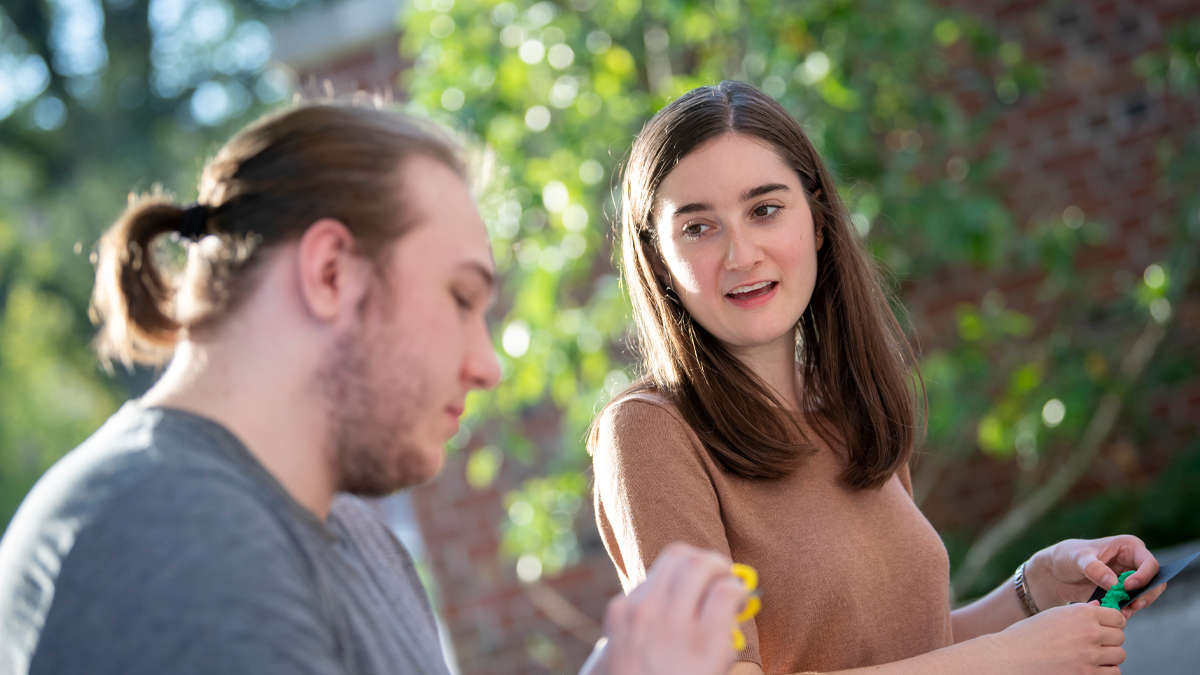 Using 3D printing to promote accessibility
Using 3D printing to promote accessibility Caroline Karbowski’s startup idea has grown from a high school project to an ever-expanding nonprofit organization with a large org chart of team members from Ohio State and throughout the nation. Collaborators and partners from other countries such as Germany and France also have joined the mission. Her team has distributed over 1,400 3D-printed models in 24 states and 10 countries.
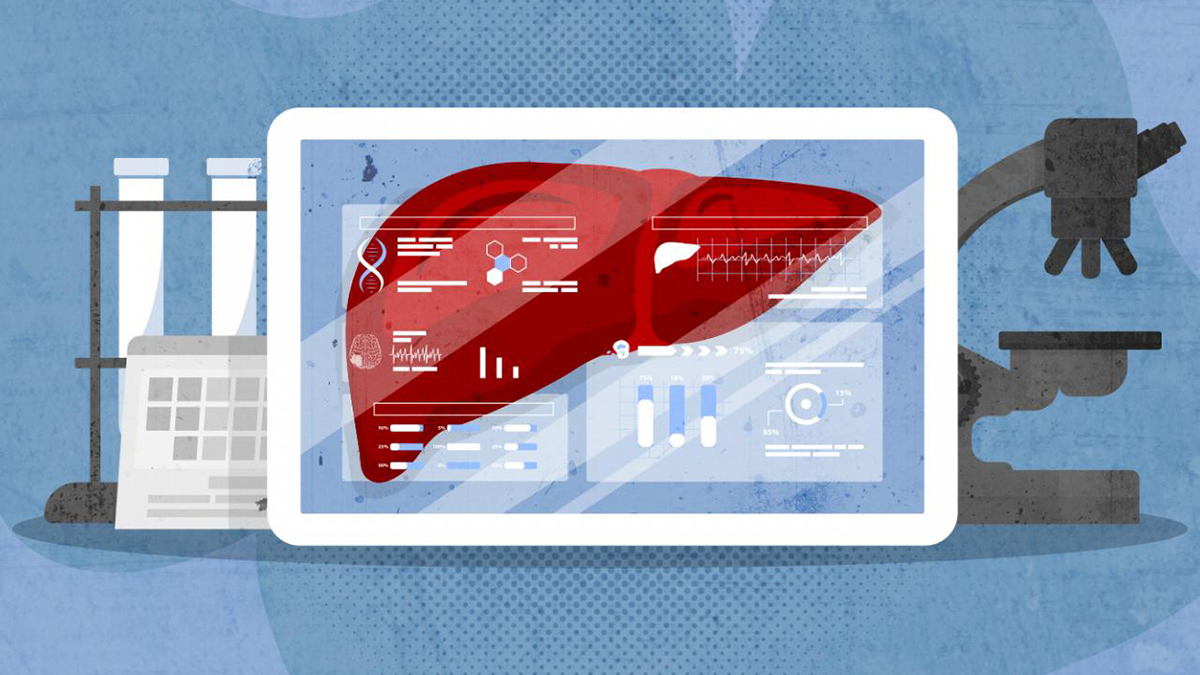 Revolutionizing organ transplantation
Revolutionizing organ transplantation Organ transplant surgeons have become miracle workers. What for centuries seemed impossible — taking an organ from a dead body and putting it into someone else to save a life — has become reality. But it’s not perfect. Sylvester Black and his colleagues within Ohio State’s COPPER Lab are trying to take transplantation to new levels to help even more people.
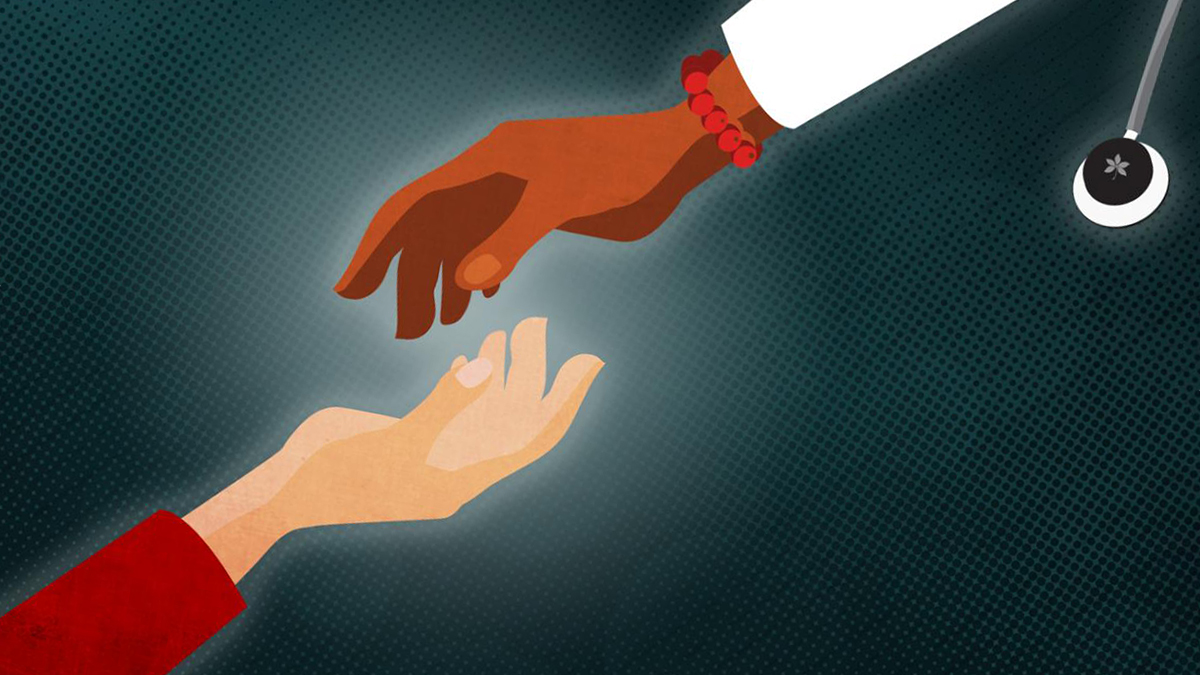 Better treatment for domestic violence survivors
Better treatment for domestic violence survivors After working years as a community advocate for survivors of domestic and sexual violence, Julianna Nemeth was convinced something wasn’t being addressed in treatment programs. So she returned to school for a PhD that would help her become an intervention scientist and create interventions that would pinpoint the needs of survivors.
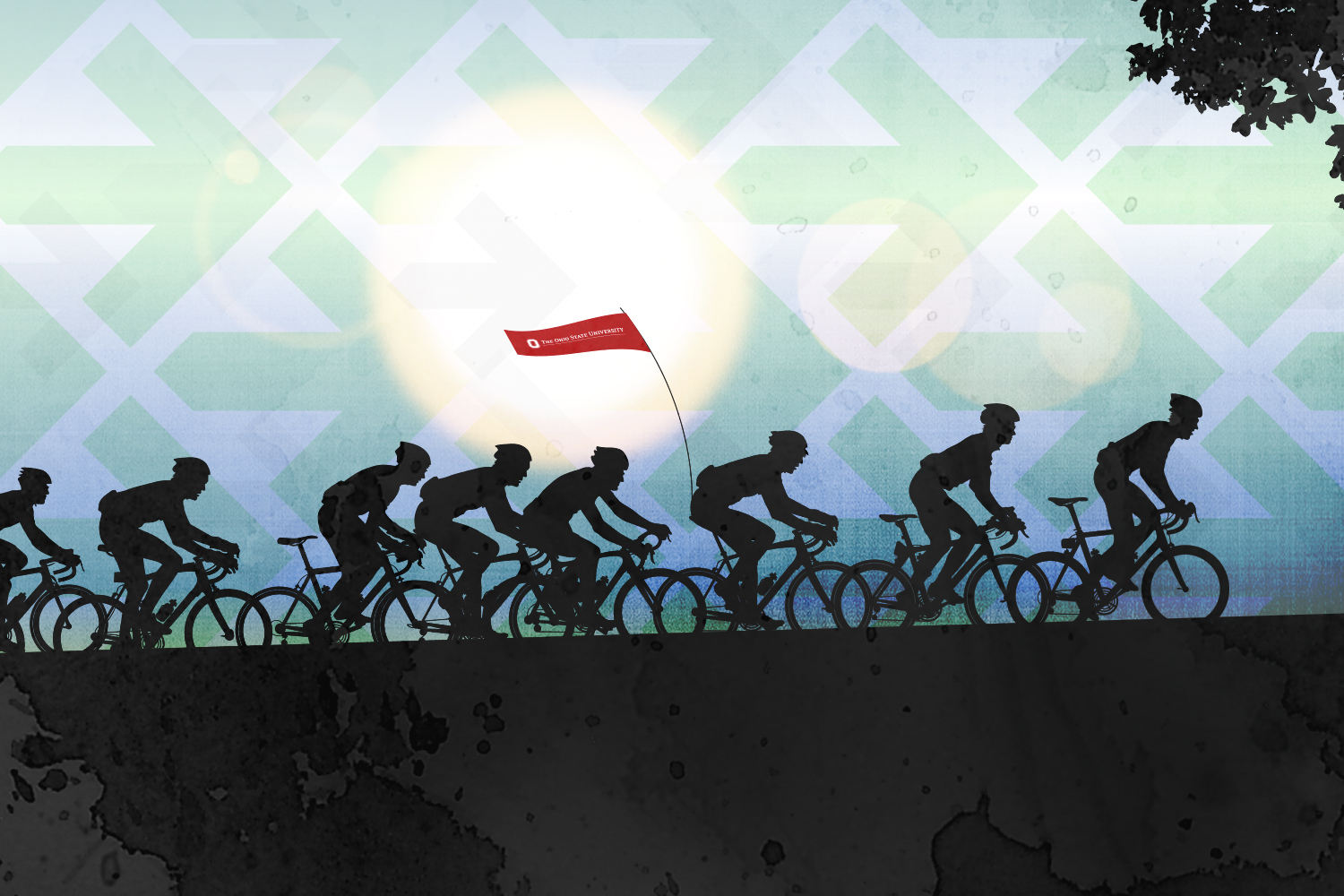 Pelotonia fueling breakthrough efforts in cancer battle
Pelotonia fueling breakthrough efforts in cancer battle In 12 years, Pelotonia has raised more than $225 million. Even with COVID-19 shutdowns in 2020, Pelotonia riders planned their own individual or socially distanced small-group activities and raised $10.5 million. It's also funded these five initiatives that have produced some amazing work and breakthroughs.
The root of a solution to water pollution?
Almost half of Ohio’s lakes, wetlands and streams are tainted with nutrient runoff — fertilizers and animal manure, intended for land, but carried into bodies of water by rain and gravity. Once in the water, those chemicals threaten plant and animal life, water supplies for humans and local economies that depend on water recreation. Could floating islands peppered with nutrient-chomping plants be part of a solution?
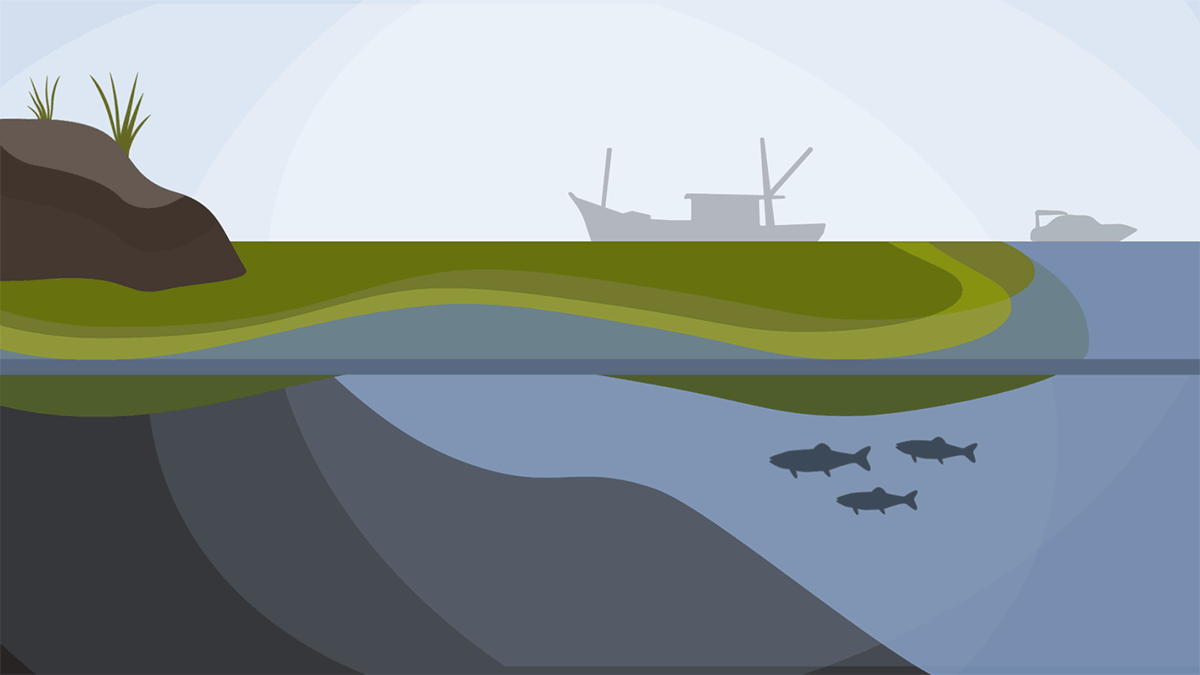 Six things to know about Lake Erie’s algal blooms
Six things to know about Lake Erie’s algal blooms The harmful algal blooms that manifest on Lake Erie in the summer can be as murky a concept to understand as they look. But it’s important to recognize the distinct and sometimes dangerous impact these blooms can have beyond the Great Lakes’ banks: Harmful algal blooms are capable of producing toxins that can cause skin rashes, GI problems and varying degrees of damage to a person’s liver, kidneys and nervous system.